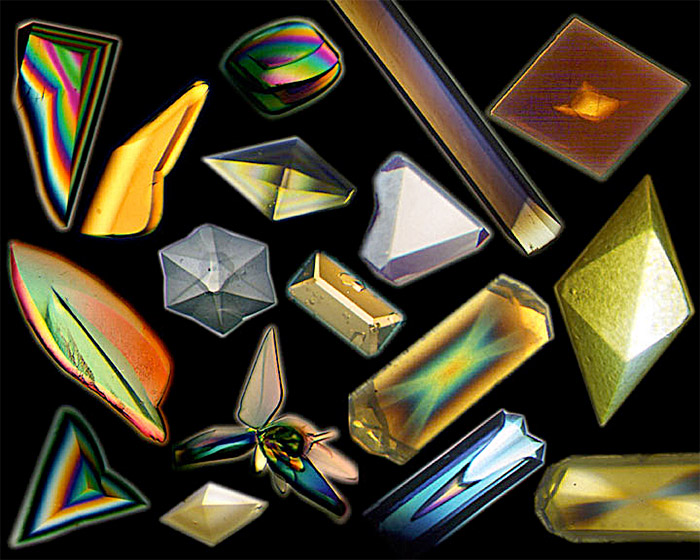Astrobiology Challenge invites public to build space hardware
(San Mateo, California) – A NASA-inspired competition is challenging citizen scientists to build hardware for collecting microorganisms at the edge of space.
Citizen scientists can win cash prizes up to $10,000 in the High Altitude Astrobiology Challenge, announced Saturday by Citizens in Space, a project of the United States Rocket Academy. If successful, their work may help stop a future epidemic.
Citizens in Space project manager Edward Wright announced the challenge at Maker Faire, the nation’s largest festival of do-it-yourself science and engineering, which attracts more than 100,000 people in the Bay Area.
“A NASA astrobiologist approached us with this idea,” Wright said. “Researchers have learned that the Earth’s biosphere extends to much higher altitudes than previously suspected – up to 100,000 feet or more. The upper atmosphere could serve as a global transport system for disease organisms. It could also be a breeding ground for new diseases due to increased mutation rates from high levels of background radiation.
“In the past, these organisms could only be collected by high-altitude balloons, with poor reliability. Low-cost suborbital spacecraft, such as the XCOR Lynx, will be able to sample these organisms repeatedly with high reliability.”
Citizens in Space has acquired an initial contract for ten suborbital spaceflights with XCOR Aerospace, the Mojave, California-based company that is developing the Lynx spacecraft. The winning hardware from the High Altitude Astrobiology Challenge will fly on all ten flights, along with other citizen-science experiments.
“We have space for about 100 small experiments, and we’re making all of it available to citizen scientists,” Wright said. “Thanks to rapid advances in technology, it’s now possible to build high-quality space-science hardware with off-the-shelf parts, stuff you might pick up at Radio Shack or Home Depot. We want to see what citizen scientists can do with those parts.”
“Citizen scientists are doing amazing things,” said Lt. Col. Steve Heck (USAF-ret.), a science teacher from Milford, Ohio who is one of three citizen astronaut candidates selected to fly as payload operators. “They’re discovering exoplanets and dinosaurs, monitoring climate and endangered species, and helping to map the human genome. The development of reusable suborbital spacecraft will be the next great enabler, allowing citizens to participate in space exploration and space science.
“There may be new species up there we know nothing about. We want to find those species.”
The High Altitude Astrobiology Challenge offers money, fame, and the chance to save the planet from killer microbes from the edge of space — but there’s one more incentive for citizen scientists to enter the competition.
“We plan to select another seven astronaut candidates over the next 12-24 months,” Heck said. “When we do, citizen scientists who have submitted hardware for our flights will be among the first in line.”





